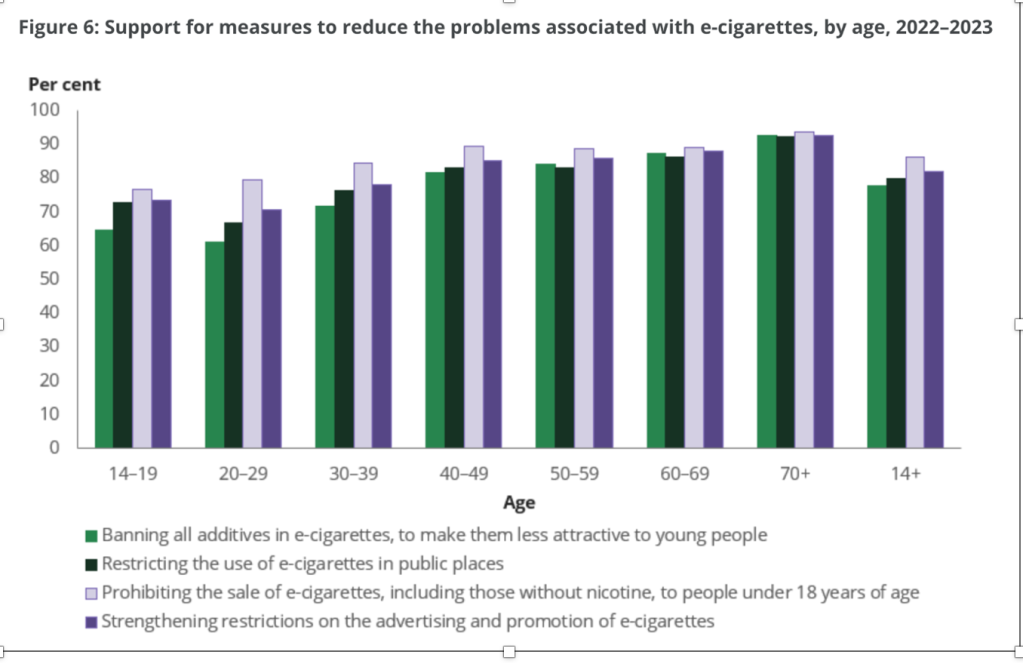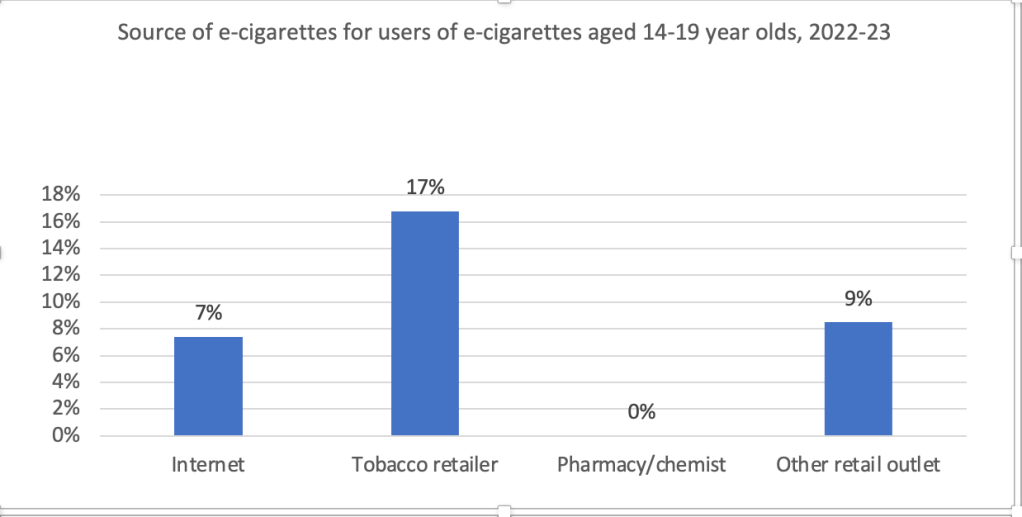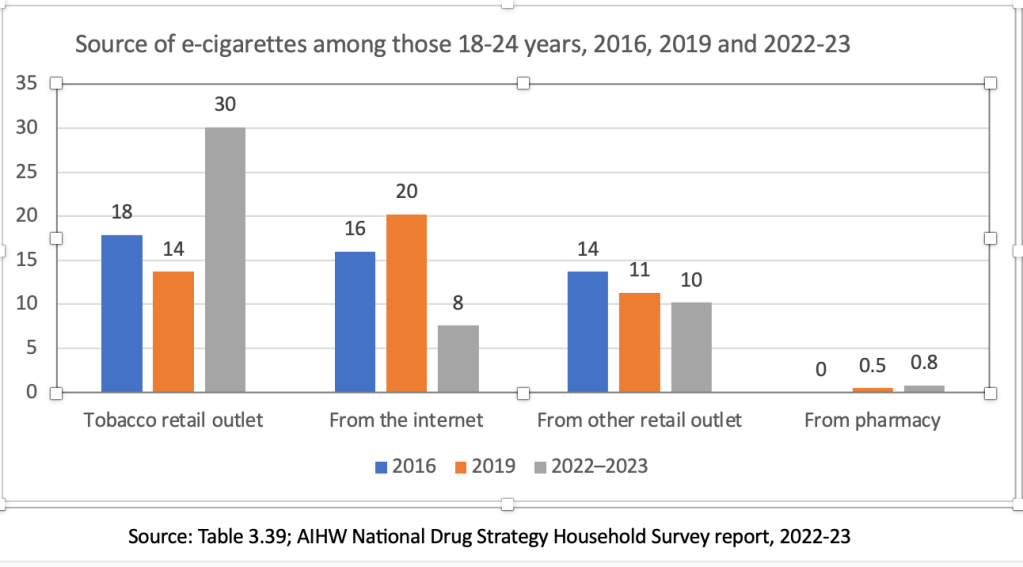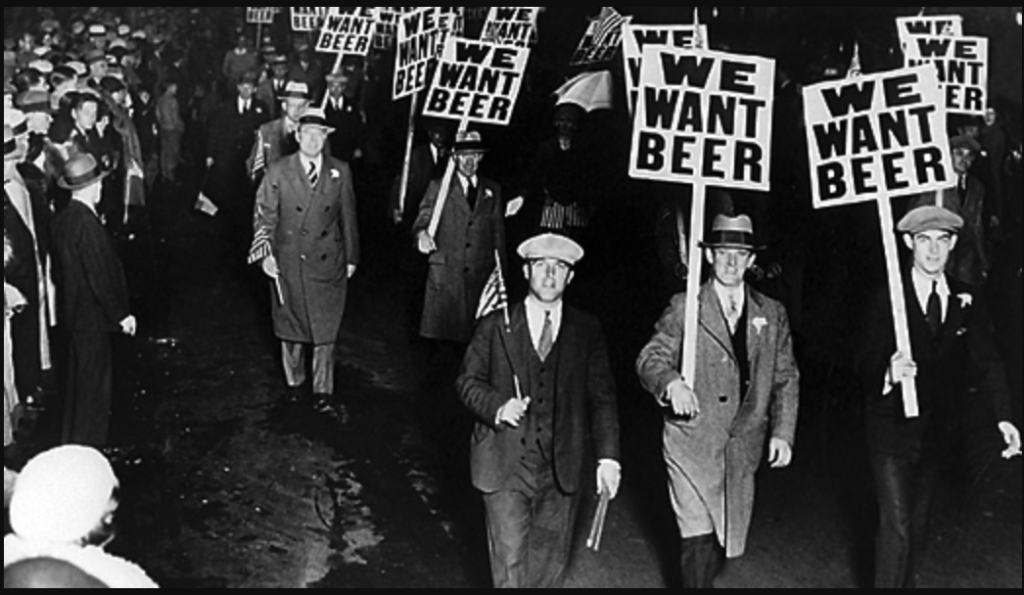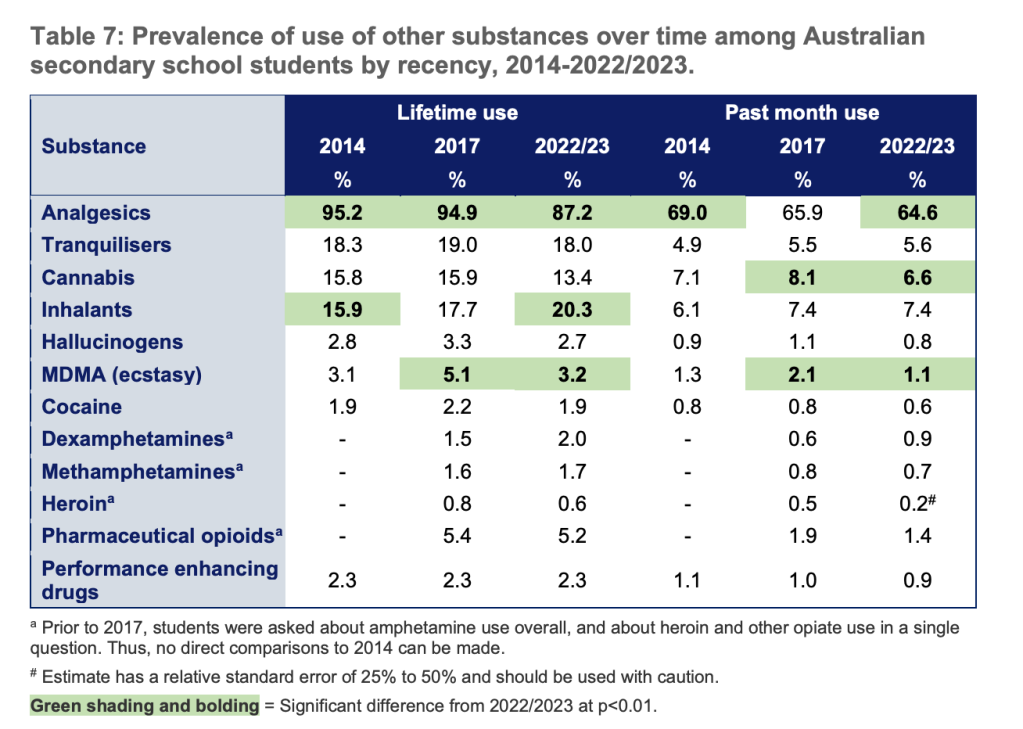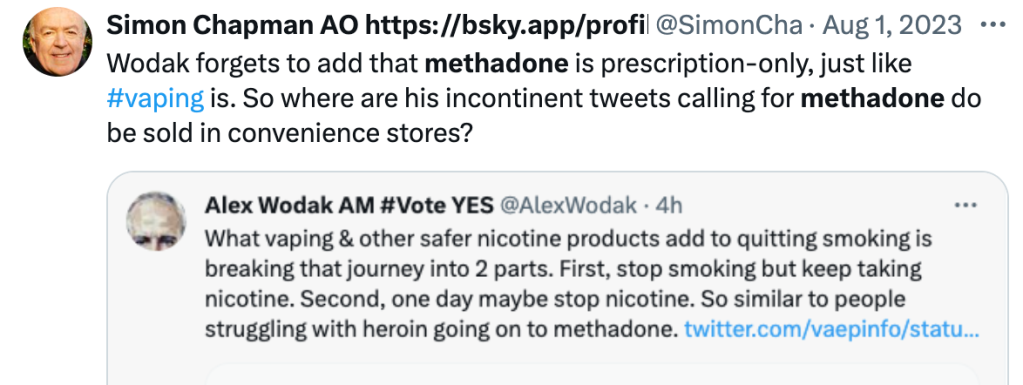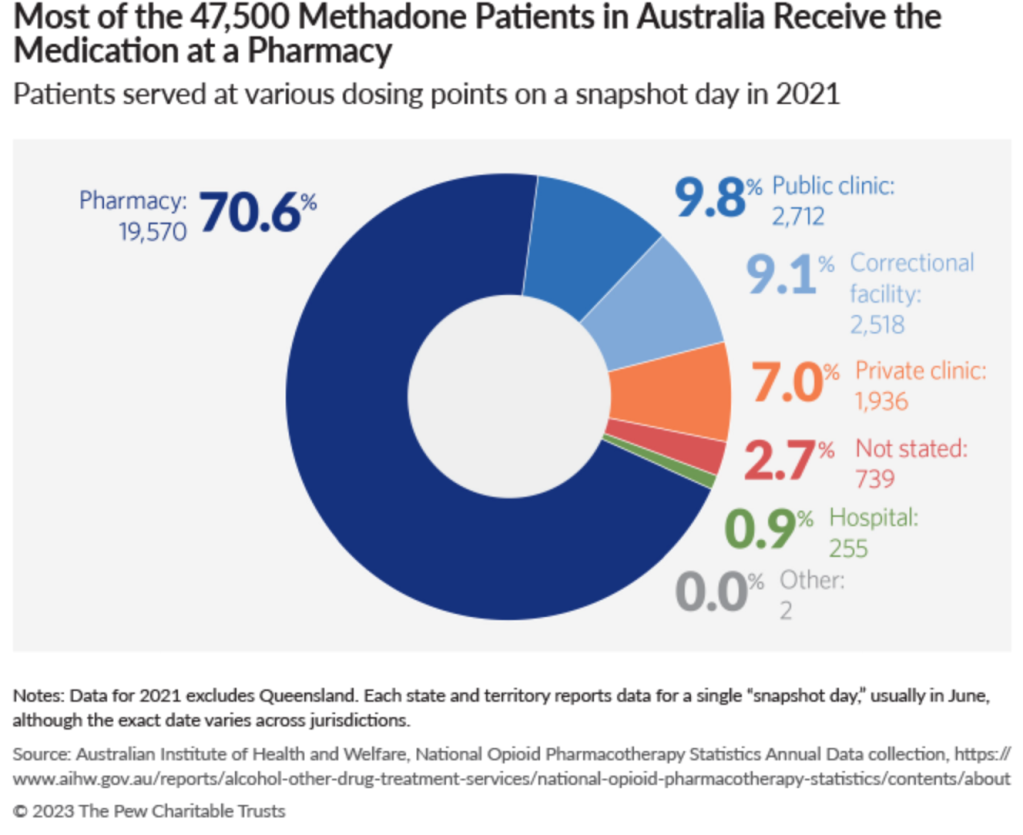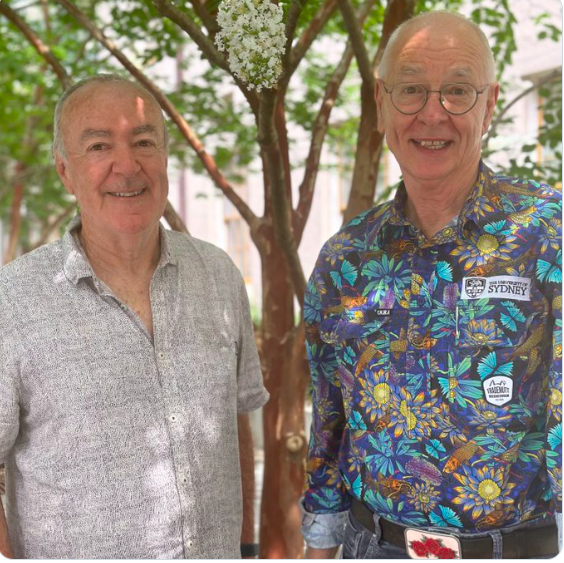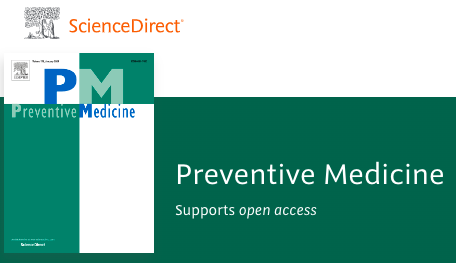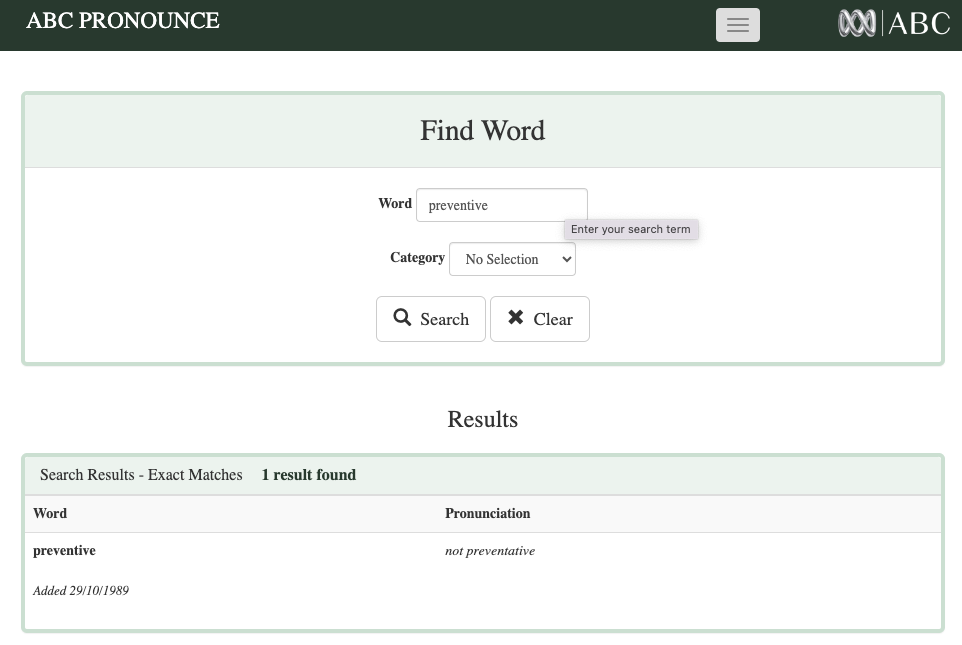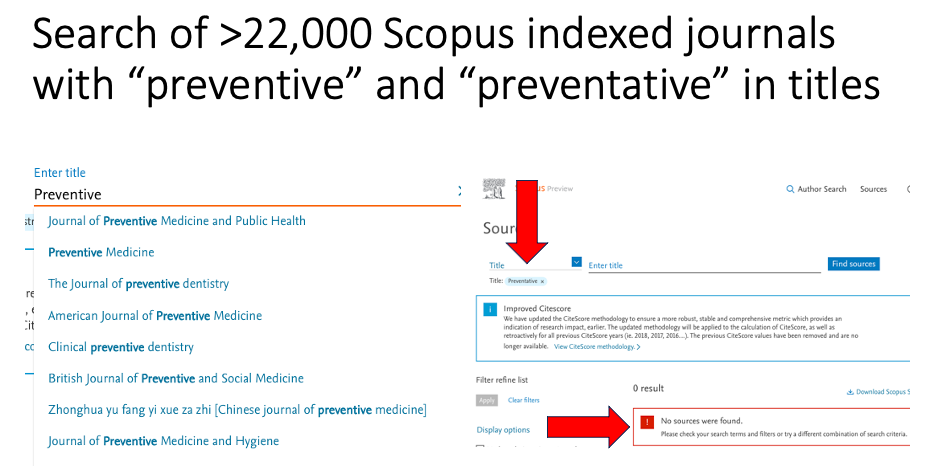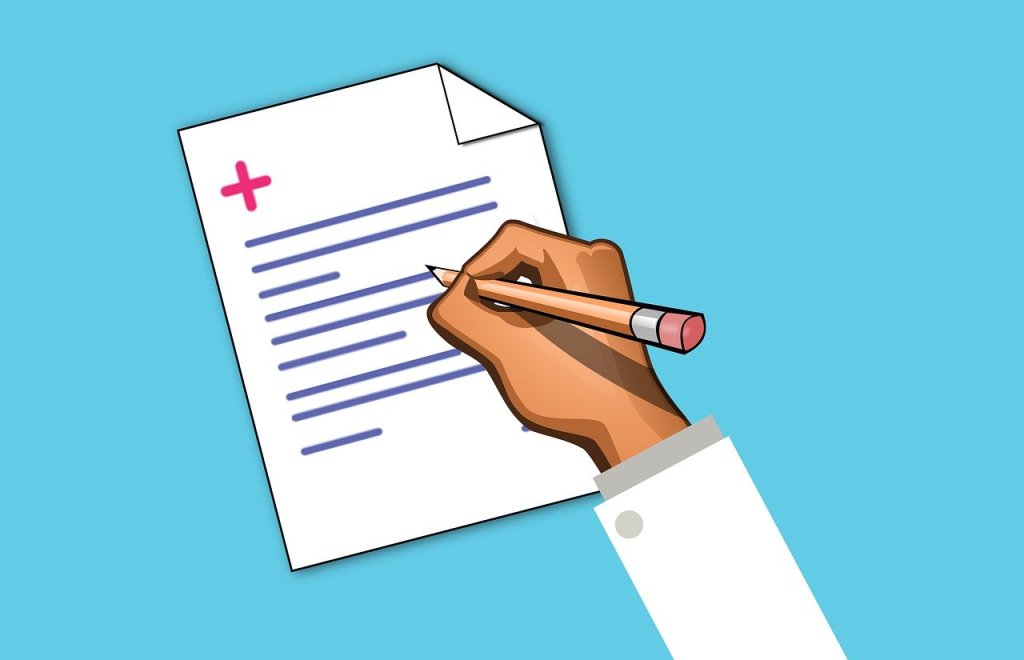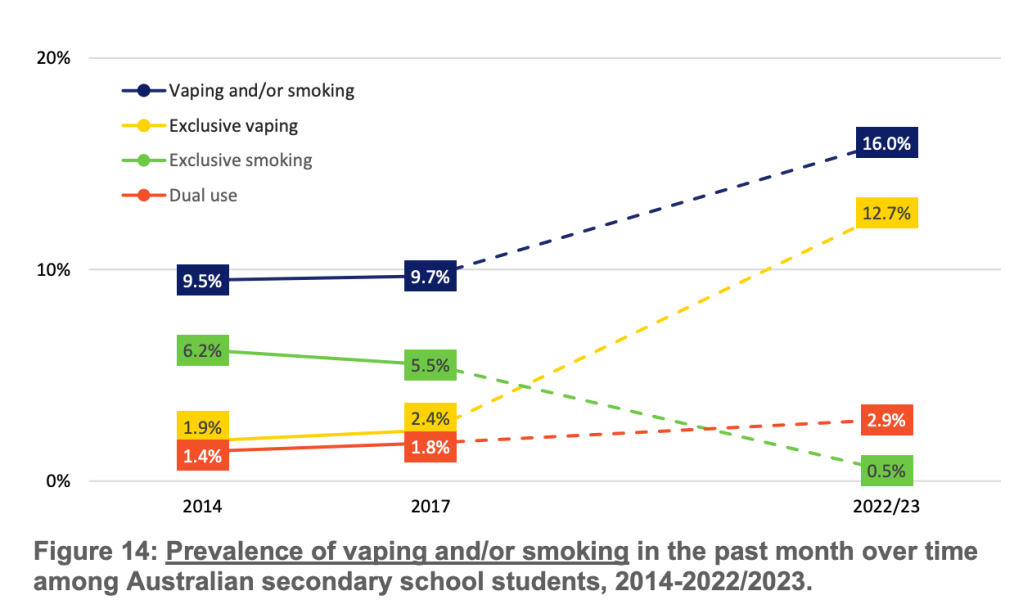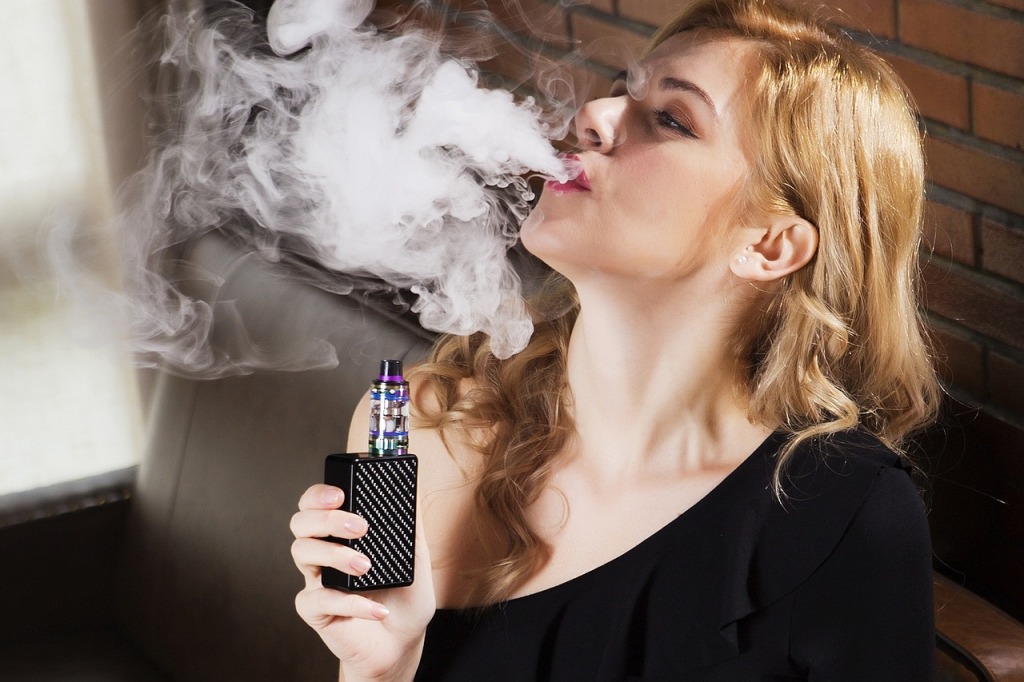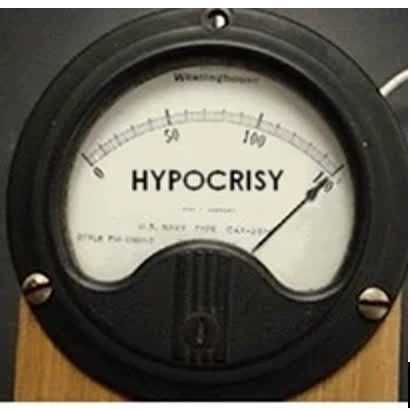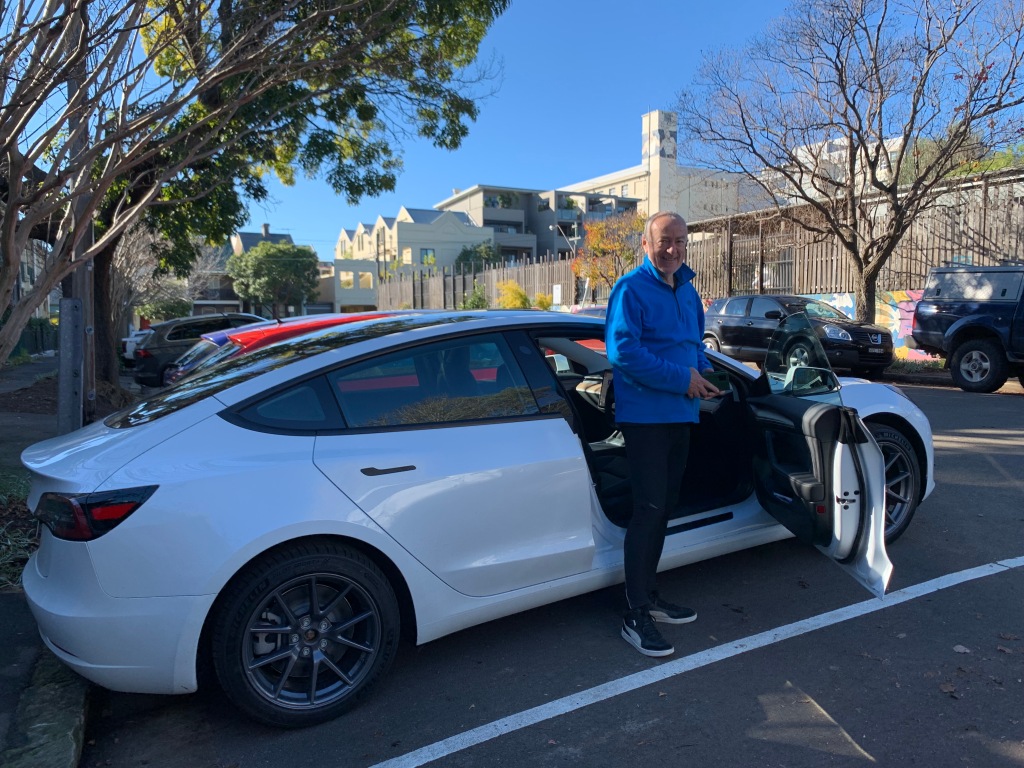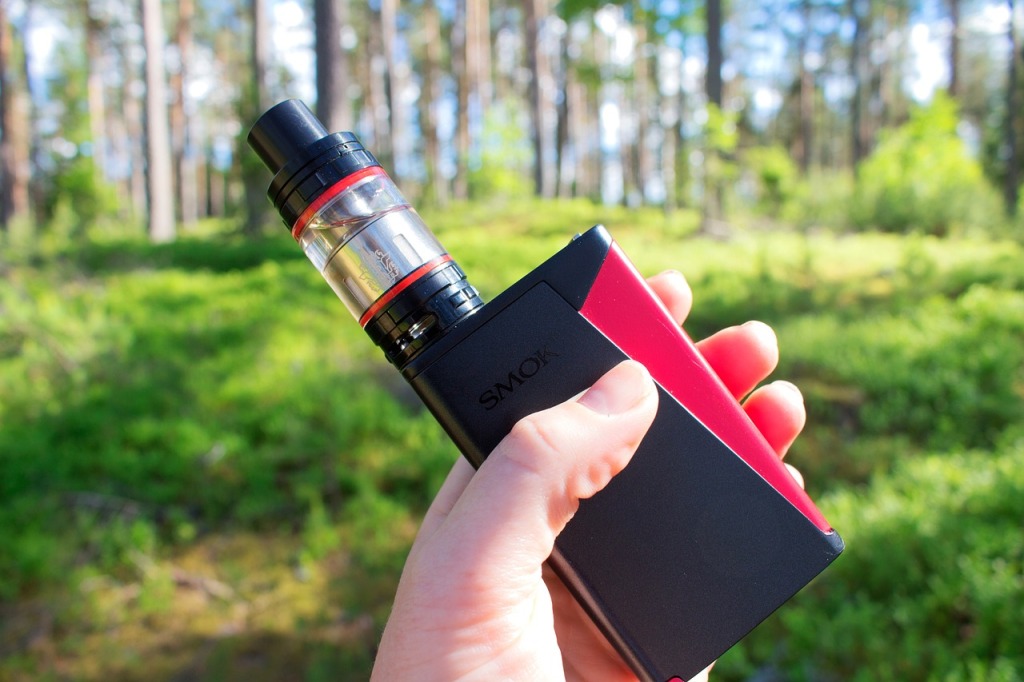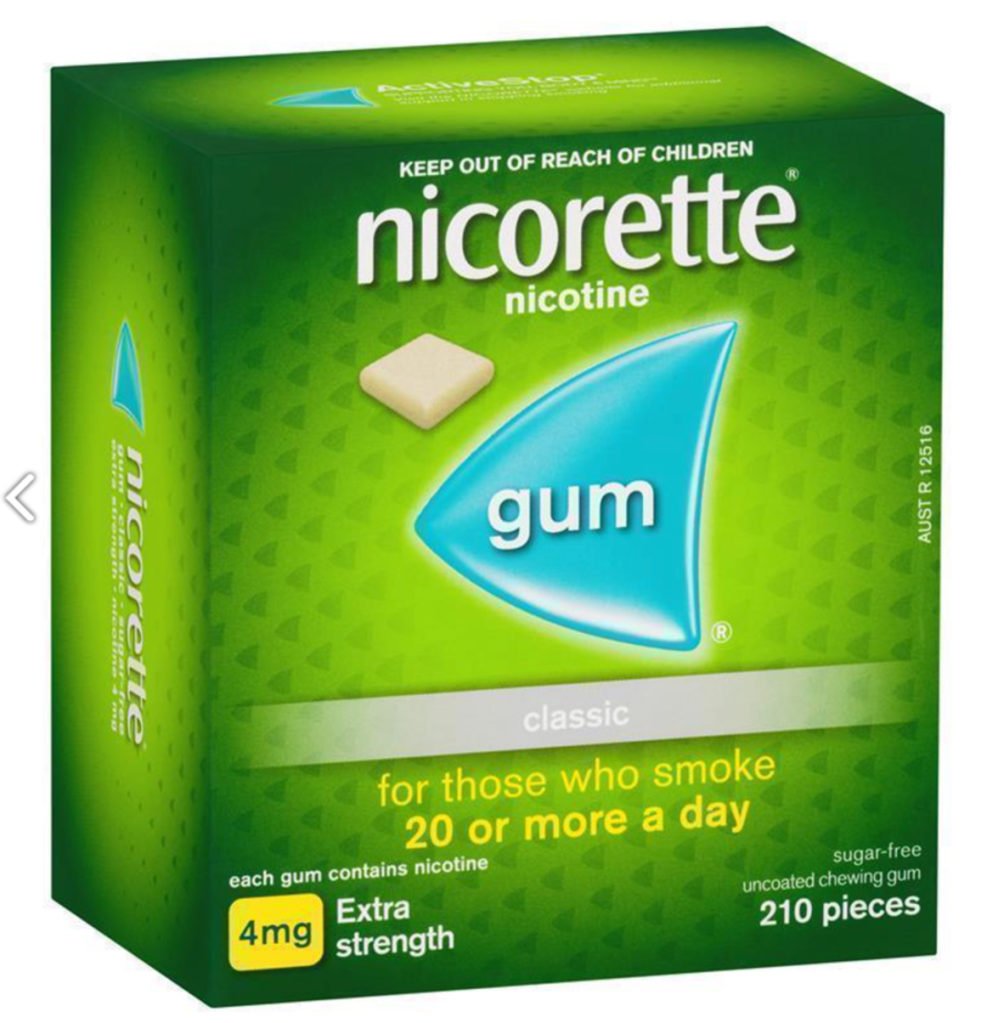The report of the Senate Inquiry into the regulation of vapes has been published. It will inform the debate in the Senate scheduled for the June sitting.
The Greens will play a pivotal role in the outcome of the vote. In the report, their concerns are well expressed – particularly when it comes to the detail of how we can be assured that possession of vapes is not criminalised – only commercial supply and sales outside of that which will be dispensed to those with prescriptions will be hit with huge deterrent fines. No one. No one wants users to be prosecuted, fined or otherwise criminalised. The only exception should be where people ignore no smoking or vaping regulations, as has long been the case with smoking. Every airline in the world bans vaping.
The Bill does not ban or prohibit vapes
But the Greens are apparently exercised about “prohibition”. As a section of the Senate report states:

This concern is very easily addressed. The Bill does not ban or prohibit vapes. They will be available to anyone who has a doctor’s prescription and obtainable from a pharmacy. To say that vapes are “banned” or “prohibited” is therefore like saying Australia bans all prescription drugs. If anyone were to say straight-faced that in Australia, antibiotics and the pill are “banned” because they require a prescription, we would know we were dealing with someone with some bizarre agenda. Yet this is the routine way in which extremist vaping advocates speak about current vaping policy.
Whenever I need a repeat prescription for one of the two life-saving drugs I have used for over 20 years, I contact my GP via a prescription renewal app and pick up several months supply at my local pharmacy. On a scale of life’s many inconveniences, I’d rank it way below trying to contact a human at a bank, a telco or utility provider, arranging travel or voting. A very first world problem.
Getting a prescription vape is no different the way we deal with other drugs of dependence. Methadone and buprenorphine are prescribed harm reduction drugs for those with opiate dependence. They are not sold in convenience stores or bong shops. They are most commonly dispensed at pharmacies. It’s the same with the very good analgesic codeine: it’s available on prescription to those who need it. These are not “banned”.
Before February 2018, low-dose codeine was available across-the-counter in Australia in a variety of medications. Following accumulating evidence of abuse, it was then rescheduled to prescription-only access. A wastewater evaluation found codeine use dropped 37% across Australia between 2016 and 2019. Many who were using it who did not need to, stopped using it when access was limited. This was harm reduction in action.
So where were the howls of protest at this heinous blow to the freedom for anyone to use as much codeine as they like?
Vape crusader Alex Wodak is adamant: he’s highly supportive of prescription access to regulated drugs. But he’s apoplectic about vapes being treated the same way.

Concerns were also raised in the Senate enquiry about vapers living in small country towns or isolated rural addresses. How would they access legal prescribed vapes when there was no pharmacy anywhere near where they lived, but there were general stores or petrol stations who could stock vapes?
The answer of course, is that people living in such isolation nearly all use all manner of prescribed drugs too. Doctors do online consultations and pharmacies have long dispensed via mail or courier services. This concern is nothing but rural solidarity posturing which doesn’t survive even cursory interrogation.
Why is there no significant black market in prescribed drugs?
No one in all this seems to have asked a very obvious question. With there being massive demand for a huge range of (not) “banned” prescribed drugs (315 million PBS and RPBS prescriptions in 2020-2021), why has the prescription model of drug access been flourishing for many decades in all but lawless or chaotic nations where you can often pick up almost any drug you want without a prescription?
Why have not Australian “criminal gangs” decided that here was a golden opportunity to supply any of the 925 PBS drugs to people wanting them without the hassle of getting a prescription? Why are we not seeing pharmacies torched by criminal gangs?
There are black markets for some weight loss and male sexual dysfunction drugs and anabolic steroids for men anxious about their muscles. But these are the few exceptions that prove the rule: Australia’s Therapeutic Goods Administration is second to none in world in assuring public access to safe and efficacious drugs, highly subsidised in the case of 925 PBS approved drugs.
Some wet-behind-the-ears contributors have backed a compromise: scheduling vapes as pharmacy-only, but over-the-counter. This would simply hand the same gold pass to vapes that exists now to kids and non-smoking “recreational” vapers. Right now they can front hundreds, perhaps thousands of retail vape shops and online retailers and easily get vapes.
But with no prescription required, any street smart kid will be able to do what kids have long done with cigarettes: with cash ready, ask an older friend or an adult outside a pharmacy to go inside and buy them vapes, Over 18 recreational vapers will just waltz in and buy them.
But critically, this step would also set a dangerous precedent. It would signal that our parliament thinks it’s OK for it to do the job that the TGA’s expertise has been established to do. If they can dictate scheduling for vapes, why stop there? Why not tell the TGA how to schedule any drug that a bunch of politicians with the balance of power thinks should be made more freely available or in other scenarios made unavailable (eg; the morning after pill)

If the Greens vote to tear the prescription access heart out of the Butler bill, they will have carried on the legacy of this bunch of 28 Liberal and National Party backbench political vandals who knee-capped Greg Hunt’s 2022 import ban on vapes, dooming the crippled model to failure by letting cheap, flavoured kid-friendly vapes flood in. They will have helped the Big Tobacco funded Nationals ($340,000 in the last decade from Philip Morris, and $55,000 recently from British American Tobacco), with their ragbag of fellow travellers like Ralph Babet, One Nation and Tammy Tyrell – to have their way.
We’d expect nothing less from that lot, but many of us expect far, far more from the Greens.
If the Greens throw their lot in with this rabble and the Australian Association of Convenience Stores, also partly funded by Big Tobacco, they will have made a statement that retailers which have brazenly broken the law over the past years should now be rewarded by being anointed as official newly-minted, government-approved vape retailers.
“Convenience stores and vape shops: not the problem, the solution!
Those like Wodak advocating for vapes to be sold as “consumer products” by licenced retailers constantly refer to the proliferation of vapes as being supplied by “criminals”. But 2022-23 data on where vapers obtain their vapes, show that 56.5% bought their NVPs from ‘bricks and mortar’ retailers (tobacconists, vape shops, convenience stores, service stations etc). With children, 15.6% buy from shops, with 77.8% obtaining them from family or friends, many of whom bought them from shops too.
This “criminals” language is designed to imply that those knowingly selling illegal NVP products alongside ordinary grocery items are somehow not criminal but respectable, law-abiding, folksy small business people. But the NVPs are supplied to retailers who knowingly sell them illegally by the very bulk importing criminals vaping advocates want us to keep front-of-mind. They act as fences for criminal importers.
Today, the vested interests which loathe and despise the prescription scheme are now in full blown panic mode that they are about to lose their lucrative brazen illegal trade. They have decided their best bet is to inhabit the caring, concerned, faux outraged narrative of how terrible it is that kids can so easily buy vapes from the heinous ‘black market’: vapes that are dangerous to kids because they might come from seedy ‘bathtub and kitchen sink’ chemical workshops in China! Not like the nice clean vapes often made by Big Tobacco that we can provide. Like their cigarettes, these don’t cause health problems. Oh wait …
They have tried to characterise the evil black market as those retailers who have been selling illegal vapes, including to children, whom they contrast with legitimate, law-abiding retailers who would no sooner sell vapes to children that sell their grandmothers for pet food. They are now jostling to stand sanctimoniously in the front line of reform advocacy which would see any retailer who puts their hand up to be a “licensed vape retailer” able to sell.
Holding loud hailers, they chorus “the prescription model has been a huge failure! It’s now time to properly regulate vapes as a legitimate consumer good and let it be sold … well, everywhere by responsible retailers just like us.”
The sheer, galactic gall in all of this is, of course, that many of these “we’re here to help” retailers have been openly breaking the law for years. They now want everyone to have massive amnesia about all this and see convenience stores as not the problem, but the solution. They have openly broken the law at industrial levels but are now wanting governments to believe that there could be no better candidates for responsible, law-abiding vape retailing than them. We would just never sell to children, they chorus.
China vape exports drying up fast
Last week, March data on Chinese vape exports to Australia were released. Nearly all vapes entering in Australia are from China, which in May 2022 decreed that all vape exporters must comply with the laws on vaping trade in the destination countries. As we saw in January and February, exports to Australia in March were at rock bottom, compared with the record exports reported in November and December 2023. These were supplying retail stockpiles, which are already dwindling as shown by the number of “sold out” signs in Australian on-line vape retailers.

If the Greens act responsibly and support the Senate Bill, their action will resonate with a huge majority of Australians who support tough government action on vaping. This level of support puts support for many high profile social issues in the shade. For example, the 2017 national plebiscite on marriage equality saw 61.7% vote yes. Two thirds of Australians want the government to do more on climate change. In 2022, two in three believed junk food advertising in children’s viewing times should be banned and 70% believe that gambling ads on TV should be banned. But support for tough restrictions on promotion and sale of vaping products is running between 78% and 86%.
Support is particularly high in young people, the heartland of Green voting. Cancer Council supported research shows 84% of young Australians support or do not oppose the removal of vapes from retail stores.

